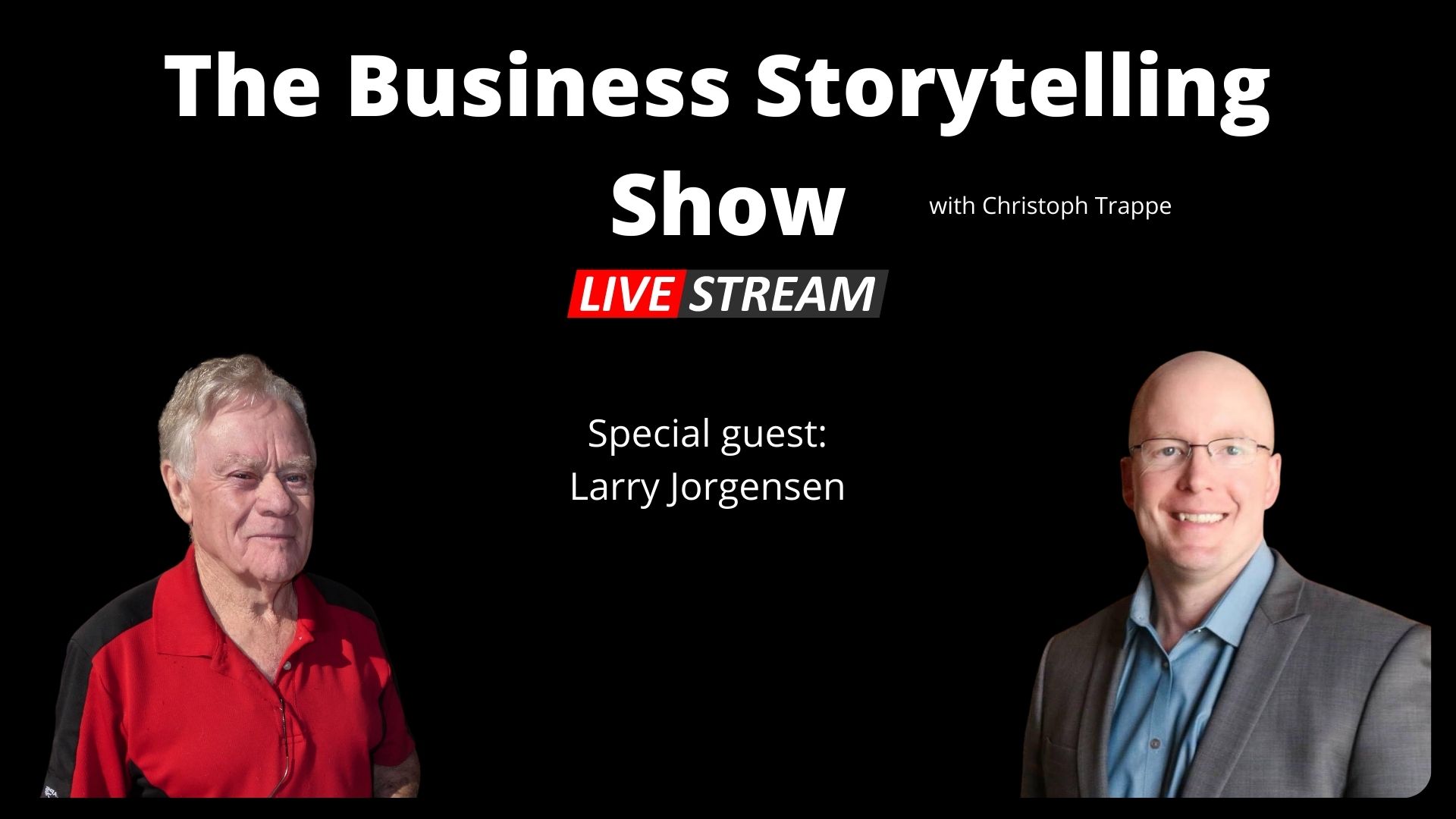Trappe Digital LLC may earn commissions from sponsored links and content. When you click and buy you also support us.
Creating historical content is usually not something we can do on our own as content creators. Unless, of course, we’ve been part of the company from the get-go. But why does historical content matter, how do we gather it, and how do we share it?
Journalist Larry Jorgensen joined me on an episode of “The Business Storytelling Show” to discuss the topic. Specifically, he shared how he goes about writing historical content and what’s behind his “Coca-Cola Trail” book.
What is historical content?
As the name suggests, these are stories that happened in the past. To an extent, all content created is about something that happened in the past. To overthink this, the beginning of this paragraph happened in the past.
But in this context, historical content refers to content a bit farther back. How far is probably debatable, but not this week, last week, or maybe not even last year or two years ago.
It also depends on the stage of the company and whatever the topic is of what we are talking about. For example, historical to a 10-year-old startup is probably 5-10 years ago. But to a 100-year-old company, 5-10 years ago might not seem that long ago.
Why historical stories matter
Stories from the past matter because they can offer nostalgia to some audience members. Especially for now-flourishing brands, they can show how struggles have been overcome to get to today’s success.
How to gather historical stories
As Larry said on the podcast, for him to report the Coca-Cola trail, he went out and talked to people who experienced it. He checked out locations and tried to get a feel of the history through what we might call good ole fashioned news reporting.
Companies can do the same thing. Talk to people who know the history, the ones that have the stories and can help you create a narrative that is relevant to your audience and business goals.
I would gather this content in my early journalism career by taking notes. Today, consider recording audio interviews and consider doing a podcast series about the content in addition to any written content.
Read next: How to write business books using your blog as the foundation
Listen to The Business Storytelling Show wherever you listen to podcasts.







